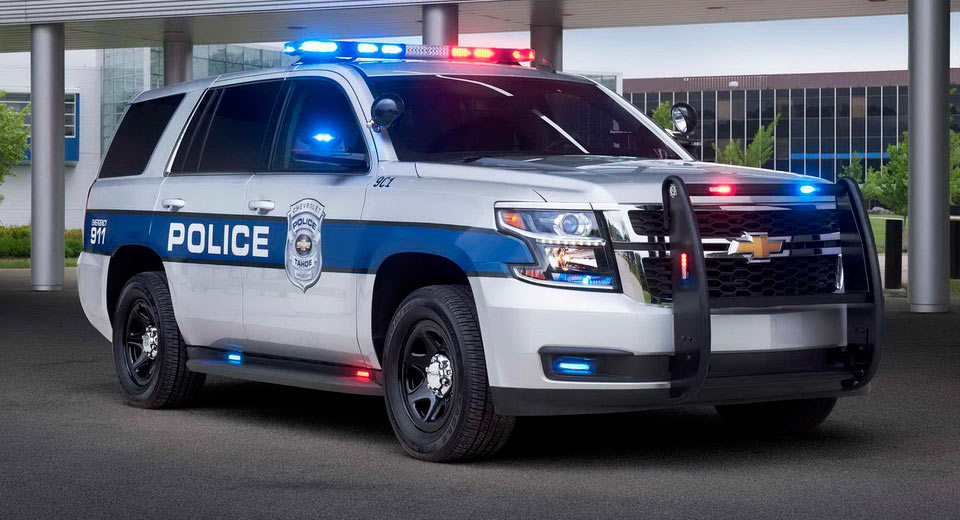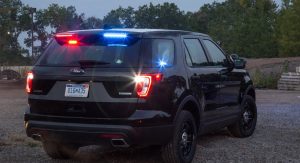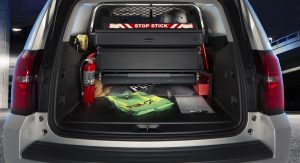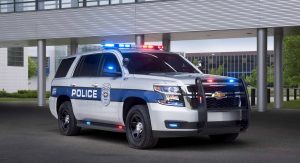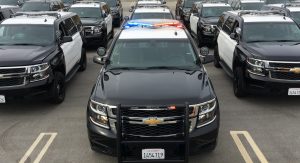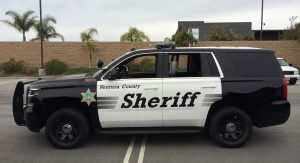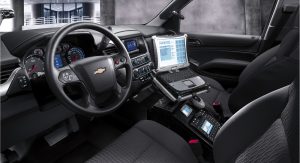Apparently, the fact that citizens are favoring SUVs and crossovers has not gone unnoticed in police circles, with both Canadian and US police utilizing the Chevy Tahoe and Ford Explorer with pursuit-rated packages.
While sedans like the Dodge Charger and Ford Taurus will likely remain the vehicle of choice for patrolling urban areas, in suburbs and rural areas, it’s the SUV that is becoming the norm.
“We’re all dealing with the same issue, and that is that vehicles are getting smaller, yet there’s still demand for more gadgets and equipment put into those cars,” said Julie Furlotte, national mobile assets manager for the Royal Canadian Mounted Police. “It’s always a bit of a tradeoff and a challenge to make it all fit.”
The RCMP currently buys between 1,800 and 2,000 vehicles per year, with roughly 1,200-1,300 police-package sedans and 1,600 utility vehicles in its current fleet. Just like most civilian drivers, officers also like the bigger vehicles’ higher driving position and ease of entry and exit.
“The larger the guy, the harder it is to get into a smaller car,” said Sgt Michael McCarthy of the Michigan State Police. “The SUVs are up higher, they’re easier to get in and out of. I love driving the sedans as long as I can stay in them but if I have to get in and out of them all day I much prefer a taller vehicle.”
McCarthy, who’s also been involved in the annual police-vehicle trials since 2007, stated that the performance gap between police sedans and SUVs has narrowed.
“LAPD are buying a larger percentage of SUVs than they are of the sedans. They are very capable. They have a fairly short turning radius. They’re deceptively fast.”
According to Autonews, police fleet sales are thought to range up to 100,000 units per year in the US, whereas Ford Canada for example, averages 1,700 to 2,000 pursuit-rated vehicle sales a year.



